13 sideprojects in 6 years
For most of my career, I've been the "sideproject guy" at work. Even for years before I even started working, my dream was to run my own business one day. Ever since then, I was hashing out ideas non-stop, from mobile apps to video games.
The idea of keeping on it for so long until you get a result has struck a chord. When I tweeted about it, a lot of others shared their experience with trial and error. It’s a tweet that has now been seen by over 115’000 people.
Since 2016 I've built 13 sideprojects.
— Dominic Monn 🛸 (@dqmonn) April 18, 2022
6 failed
4 I've sold
2 are on auto-pilot
1 became my full-time job
Just keep jabbing ✨
The big questions that lingered – what have the sideprojects been about and where are they now? So I’m taking a stroll down memory lane (and my sideproject spreadsheet) to get you a rundown.
I’m splitting my journey as a maker into three distinct periods.
Early lucky hits
You could call it beginner’s luck? But my first few projects have had some good successes. One of the first three things I’ve built has become my full-time gig years later!
All of these made money with little to no prep work.
Socialize – A social network on the command line (2016) 🤖
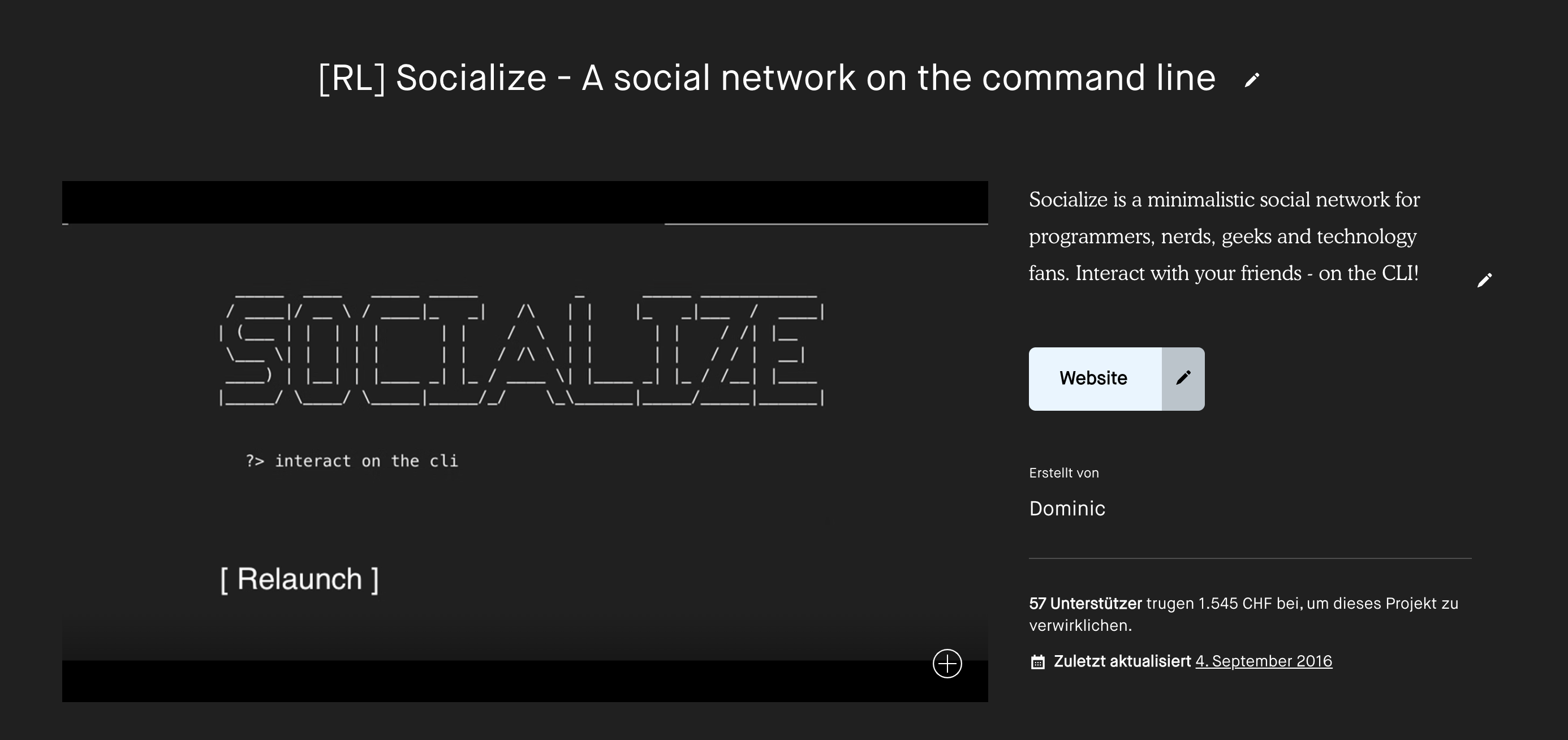
In 2016, I was three years into a software engineering apprenticeship. I was still very much so a novice engineer, but I had a couple of tools in my toolbelt that’d allow me to build a product. Namely some good backend skills and some mediocre frontend skills. What’s better than a CLI script?
It was also a time when Kickstarter and the concept of crowdfunding was much bigger than it is today. I had this idea for a social network that was running on the terminal (I must have felt very important for building some more Terminal affinity). Just to get my feet wet, I thought I’d take a stab at launching it over there and… failed! Of course.
But out of sheer luck, there was a spark! I had posted it in some forums and on Reddit and people generally liked it. It was just a bit too ambitious.
So I scaled down, launched again to my newly found community, and was able to raise around $1,500 from a couple of backers that would receive postcards, mugs, and a place on the social network as a thank you.
I had made my first money from strangers online!
Socialize is still online today, I owe it to my backers that have prepaid for roughly 25 years of server runtime, but of course, I was not able to ever generate proper traction on it.
This was one of my more unsuccessful projects, financially. The sheer fact that I even made money without any kind of validation is a win in my book, though.
What I learned from this
That it’s in fact possible to make money online! That sometimes you just have to go for it and that relationships you’re building will follow you through life and come in handy later (one of the early backers of this ended up becoming one of my earliest and biggest mentors).
Pressish – Auto-generated PR pitches (2017) 💸

PR and getting media attention were a black box to me. Having your site featured in a media publication would be the perfect kick to get you started. It’s also something that a lot of newly launched startups on ProductHunt (a site I frequented A LOT back then) were hoping for.
✅ Audience secured
✅ Problem found
At the time I was reading Austen Allred’s growth hacking book (affiliate link) where he graciously shared a few good PR pitch templates.
✅ Product secured?
I ended up building this project with a friend of mine. While he started building a list of journalists that were open for pitches, I got to work on the pitch generator. The value prop – type in your company information, generate a pitch, and send it out to the mailing list for a fee.
We launched the thing without many expectations, posted it in a couple of places, and then…
Ding
Ding Ding
Ding Ding Ding
We started getting some payments in!
I was just digging through old emails and found that we made somewhere along the lines of $500 in that first month. But for us, this felt like millions.
The bad side of it – the feedback came in quickly. People were not getting the big PR boost we had promised. Journalists were not so happy about receiving the same pitch over and over again.
With us pretty new to the game and about to get extremely busy (we both had just accepted job offers for our first real jobs), we decided it might be good to sell.
I got in touch with Daniel Zarick who at the time was working on his idea for a personal CRM and the inkling we had going on for us seemed like a good start. We sold for a low 4-figure sum and treated ourselves to a nice dinner and some crypto.
Years later, Daniel and I met again in the Twitter-sphere and he even wrote up the whole story as he launched a very distant cousin of what once was Pressish – Arrows.
What I learned from this
That you should probably underpromise and overdeliver. Pick your co-founders wisely. It was also the first time I had set up a Stripe integration. The first of many.
MentorCruise – Connecting mentors and mentees (2018) ✨
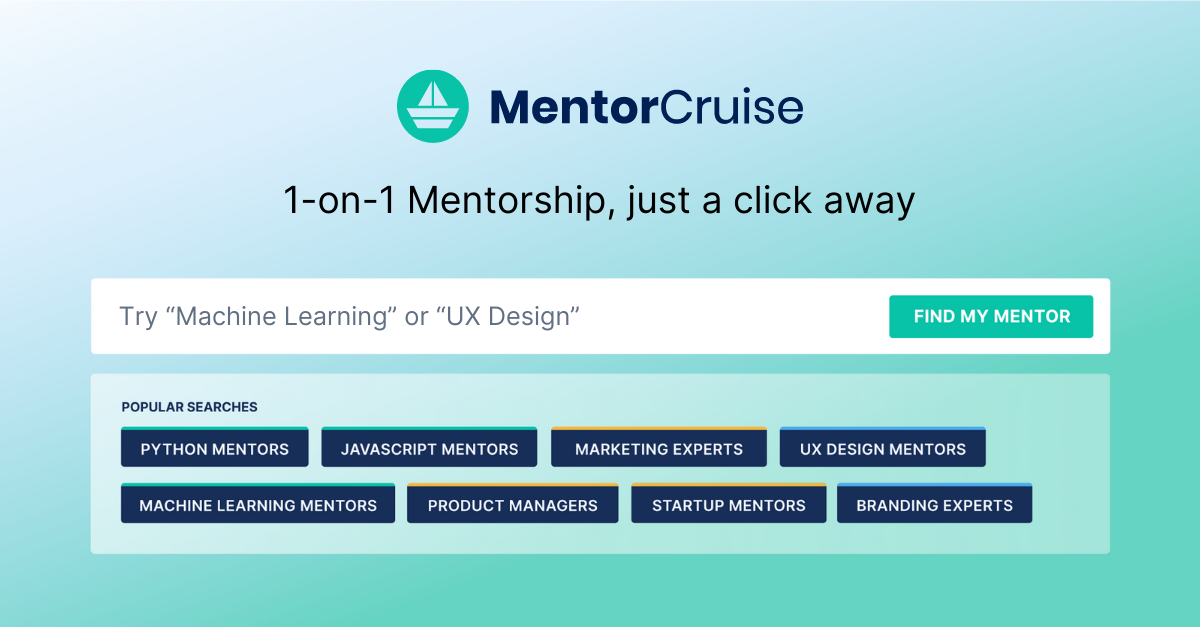
The story of how I’ve built MentorCruise has been covered in various interviews, posts, and podcasts. If you’d like a quick rundown of things, I’ve just hopped onto the Indie Bites podcast a couple of weeks ago.
Here’s the quick rundown:
- I launched a mentorship service in 2018 to aid self-taught folks going through programs like Udacity
- Years later I had it grown to a nice service for career changes and growth
- With the start of Covid, the service became very relevant and experienced 800% growth in one year
- Today, MentorCruise is processing $1m per year in volume
- I went full-time in the business at the start of 2022
What I learned from this
Everything!
RemoteML – Job board for remote machine learning jobs (2018) 🤖

The search for my first full-time position in ML turned out to be more painful than I had thought. Local opportunities were limited, so I searched for more global opportunities.
With a painful search, I had managed to score a position at Loom.ai but the search had motivated me to create a perpendicular offer to other remote job boards like https://remoteok.com/ which made it hard to filter for machine learning.
The site, being as niche as it is, had quickly become an authority in the space and has garnered over 18,000 subscribers and roughly $4,500 in revenue to this day.
I have tried to sell off the site a couple of times (including to one of the leading remote job boards of the world 👀) but was overall never pleased with how things were going.
To this day it’s mostly running on autopilot and provides some extra income here and there. It’s also a good lead generator for MentorCruise’s machine learning mentors.
What I learned from this
The pros and cons from niching down. RemoteML keeps basically growing with the non-US machine learning industry itself.
The first time I had to deal with scale issues, e.g. how to send 10k+ emails in one go.
Focus on deep tech
With some revenue-generating projects at my hand, I wanted to push the boundaries of what was possible as a solo maker. I also had acquired the skill of doing pretty much whatever I wanted with AI.
So these projects ended up making little to no money, but were fun experiences nevertheless! Since they were all fairly flashy, they were also the projects that ended up getting me meetings with interesting people, and got me into an early edition of the YC Startup School and made me become a finalist of Pioneer.
Hirn.io – Independent research into BCI signals (2018) 🪦
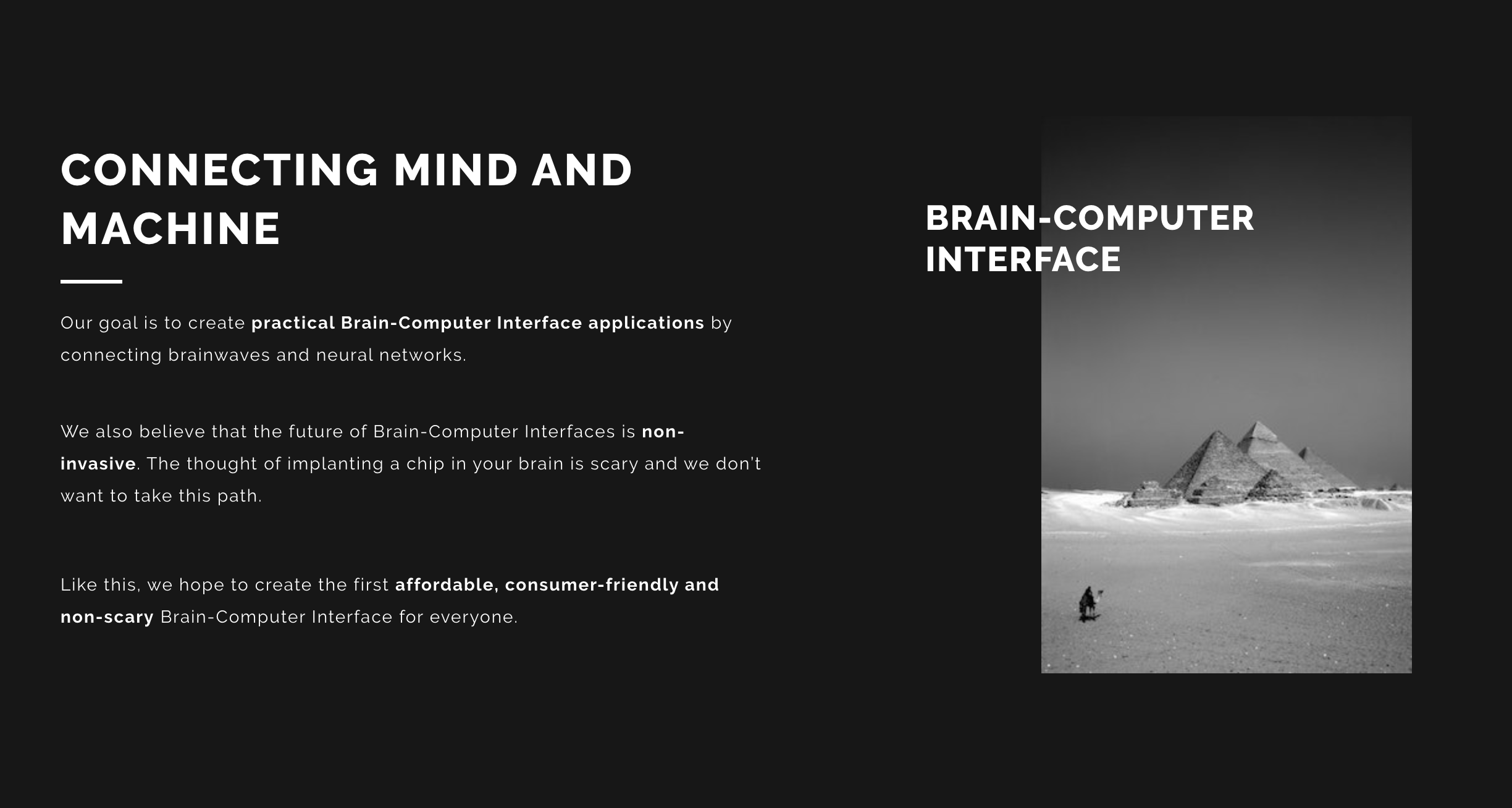
Equipped with my fresh knowledge of Machine Learning and big data, I tried my skills at some Sci-Fi tech. I had purchased a consumer-grade EEG headset and was reading out its signals to create small pieces of software, for example, to measure focus and even to create a “brain password”.
I had no goal to make money with this and also never did (quite the opposite). It was a fun experiment that got me in touch with a lot of smart people working on this underrated (and surprisingly underfunded) side of research. It taught me that there’s a lot more happening in the space, apart from Elon’s plans to implement chips in your brain.
Here’s some of my favourites:
What I learned from this
A bunch of obscure technical knowledge. What mattered more is the connections I’ve made with extremely bright people working in this space.
Adversary – AI clothing (2019) 🪦

In a very similar vibe, I started investing some of my time in AI-generated clothing. With the limited resources I had access to, I was able to generate a few interesting pieces of clothing and even ended up having a few calls with fashion designers and brands.
Many of them have gone on and invested more in space. Again, a very interesting experiment, but nothing I had the intention to make money with.
Some of my favorite things in this space:
What I learned from this
That there’s a niche for everything! As soon as I got into it, I had meeting lines up with AI fashion makers and investors. Crazy!
Also how hard it is to create a physical product. At some point I wanted to turn these into reality – really hard!
Best of ML – The Hacker News for Machine Learning (2019) 🪦
As a branch-off from RemoteML, I tried to make a “Hacker News” for Machine Learning happen. It came out of the same frustration that I had when making RemoteML. The ecosystem was just small and slow!
Best of ML had a good initial launch and relaunch, but never got the traction it may have needed, I tried selling it, but the sale fell through. After this, Best of ML died a slow death.
What I learned from this
Did a lot of scrapping work for this project. Also the acquisition was a mess. I learned to pick any business partners I work with carefully. This was a fail!
Back to making money
After a few failed launches and my previous revenue-generating projects making slow progress, I decided to get my head straight and try and score a home run. With what I had learned, I invested more resources in customer development, a proper marketing strategy, and a value proposition.
As a result, all of these had a good spark and were later sold or shut down as MentorCruise took off and overshadowed them.
Intravert – Billboards for the web (2019) 💸
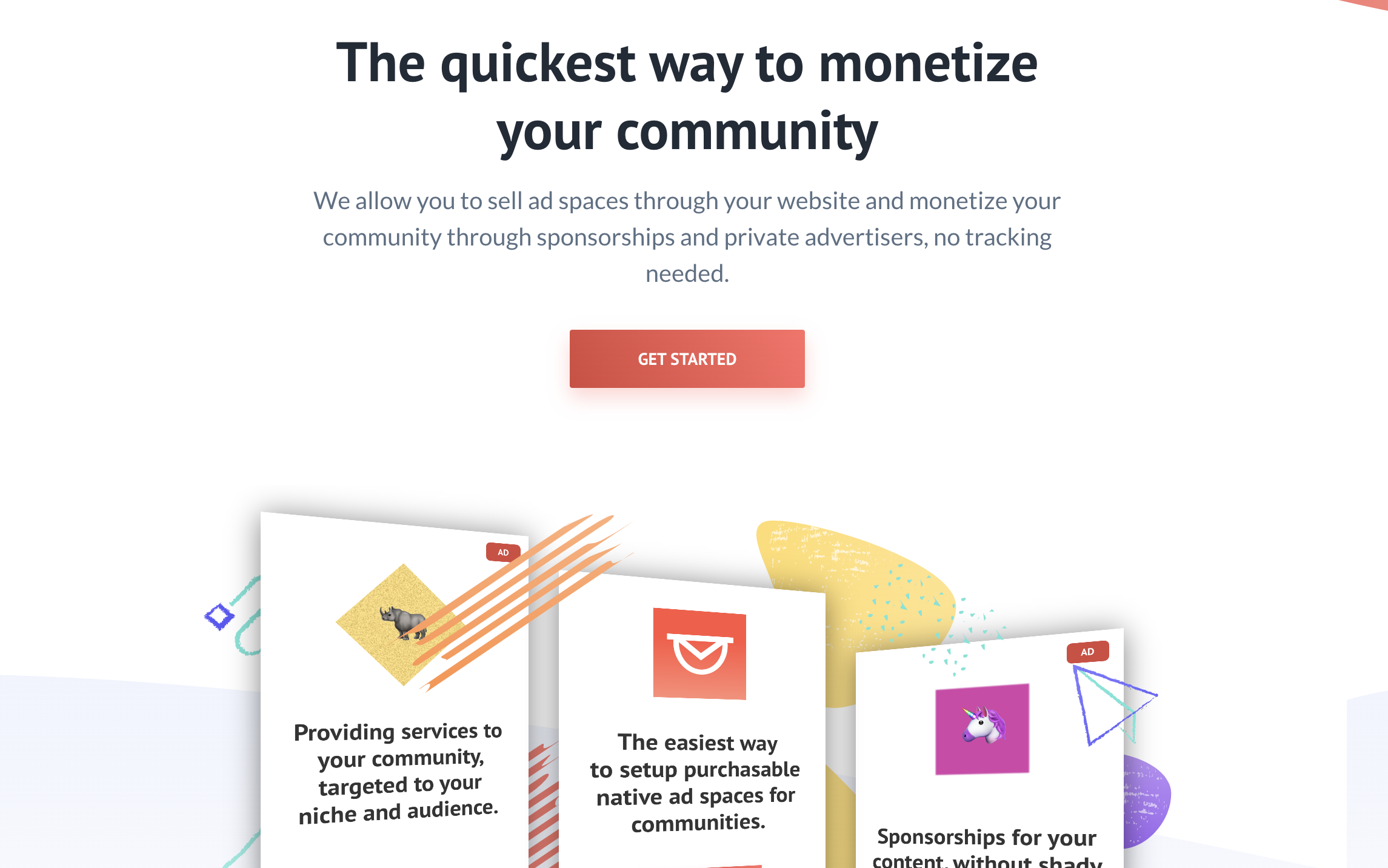
I made a bit of revenue with RemoteML, but it wasn’t groundbreaking. I sold sponsored job posts and also made some affiliate revenue from course websites.
When I started running ads on the website and ended up getting in about $5 with the traffic I had on the site, not worth it!
I placed a very generic “buy this ad spot” banner on the site and suddenly got a handful of requests to put a banner there for a month or two. I was able to charge $100s when previously I had only received $5! It occurred to me that niche traffic can be worth a lot, so built a way to sell banner ads on your site with Intravert.
I asked a few friends with similar sites about the idea and a few of them, namely Sergio Mattei who was owning Makerlog at that time, jumped at the thought of it!
I ended up building a nice checkout experience and way to serve the ads. Suddenly these smaller communities would make 3-4 figures in ad revenue, basically overnight!
However, the financial success of the app was hard. And even though Intravert communities had generated thousands in volume, the app itself was left with $200 in revenue. It would be an uphill battle!
After some attempts to SaaS-ify, I also sold this app for a four-figure sum. Looking back, I still like this idea. The new buyer(s) hasn’t pushed Intravert to the next level, but someone else definitely could.
What I learned from this
First time I genuinely scratched a huge itch of mine and started seeing who else has the same itch. It also made me scared of commission businesses. On the wrong side of the medal, you’ll end up working for virtually nothing. If you do go that way, pick your commission structure wisely!
RemoteHQ – How to hire remote workers (2019) 🪦
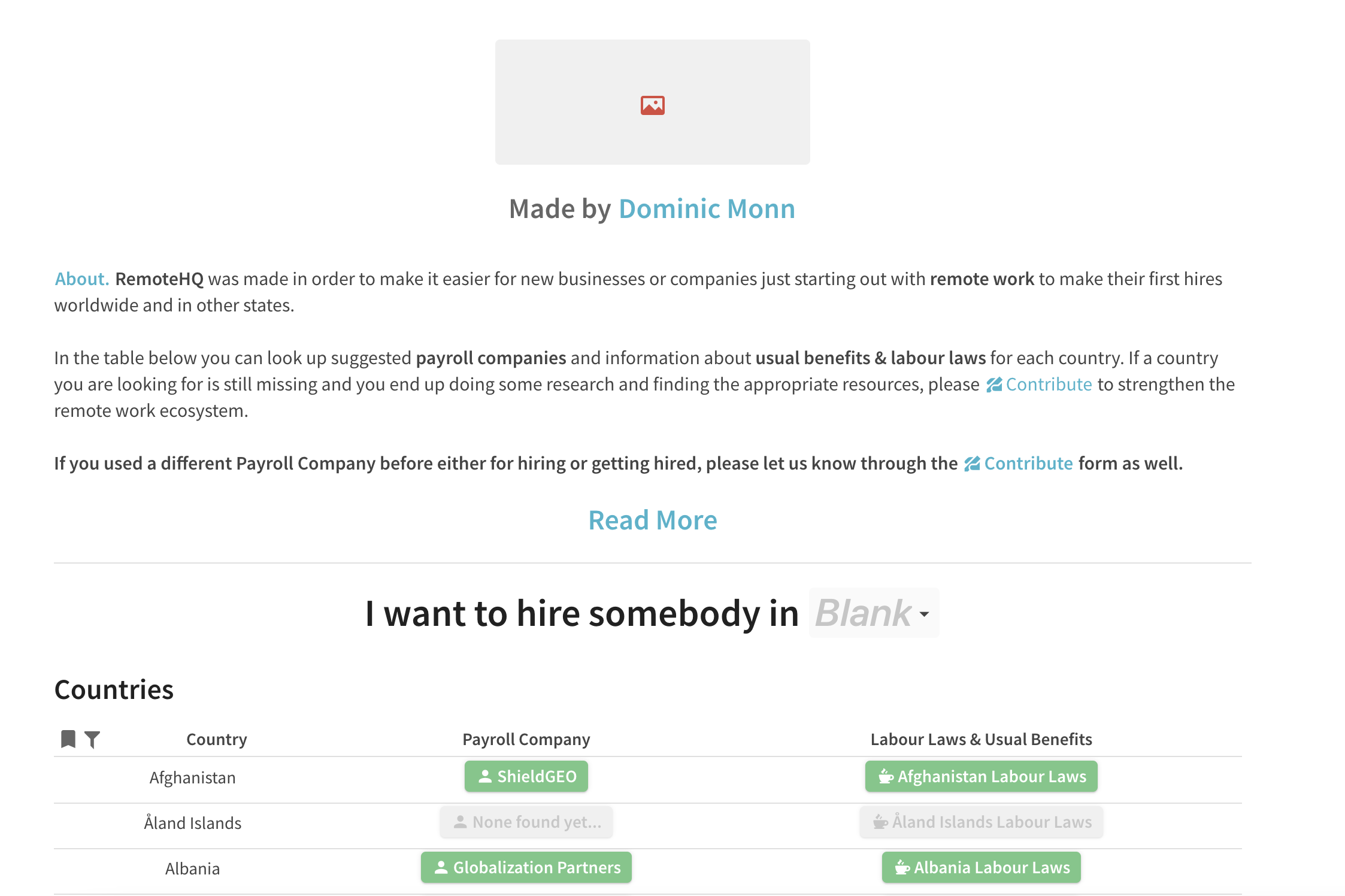
At my day job, we had a hard time hiring remote workers. Namely, it seemed impossible to find proper Employer of Record services whenever we wanted to hire from a new country.
For a ProductHunt hackathon, I created this no-code site of labor laws and EOR services and ended up coming third. Shortly after I found a naming clash with the lovely folks at RemoteHQ so I sold them the domain and got them on board as a sponsor for my next project, right below 👇
What I learned from this
Funny enough, some well-known companies like Remote.com and Deel launched during this time. I had found a viable problem but built a non-viable solution for it.
NoHQ – How to run a remote team (2019) 💸

Not only did we have a hard time hiring remote workers, but we also experienced growing pains in running the thing. During this time I spent a lot of time reading best practice posts by places like GitLab, Doist, and others.
Somewhat unofficially I started writing about these issues that we were facing in short- to mid-form content, whereas a lot of others would publish “end-to-end guides” that took quite a bit to read. I had also started to send out the tips via newsletter.
What gave NoHQ the breakthrough was interviewing key people in remote work (I even scored an interview with the CEO of GitLab) and doing tool reviews.
The former gave the site a lot of relevance as it was not something that was usually done. The second attracted sponsors, big time, to the point where I was able to close $1,000+ in sponsorship money in some months.
In the end, the laborious nature of NoHQ made me lose the fun at it. And while it’s one of the projects I am most proud of, I also decided to let this one go to the talented Neil Witten who at the time was building his remote work empire.
This was my most lucrative sale up to this day and while I’m not comfortable sharing the exact number, it was a nice bolster on the savings and a kind compensation for the work that has gone into writing this much content.
What I learned from this
Apart from MentorCruise, I learned the most from NoHQ. A blog is an opportunity to have a very raw experience in how to build traction, traffic, retain customers, do content marketing and SEO. Can only recommend!
Galilei – Safety tools for communities (2019) 💸
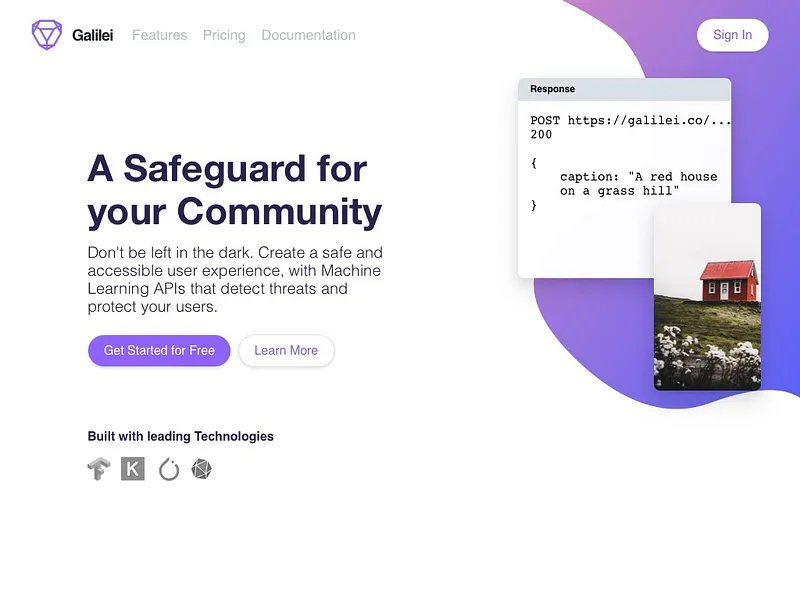
This is a pretty short one. I was building a few machine learning models that would make life in communities easier. Things like a profanity detector and a NSFW image detector, which took me a couple of hours to build.
I built a Slack app around it and some APIs and must have posted the landing page somewhere because I got an acquisition offer of it from a streaming platform. I said yes, and my next sideproject never even properly launched!
What I learned from this
First time I had the urge and need to do direct sales! When I sold, I had 4-5 leads open. This would come in extremely handy later once I started doing B2B sales with MentorCruise.
Payday – Make global payouts easy (2020) 🪦
If you’ve followed some of my writing, you know that as a marketplace founder, paying people all around the world is the bane of my existence. It’s a topic I’m passionate about and one I feel is still largely unsolved.
With Payday, I made an initial attempt at making it easier. Namely, it was a clean, free web app that made the bank information collection a lot smoother.
Then what most people don’t know – almost all countries have their little bank account formats. The US has an account number and routing number – easy enough. Much of Europe has an IBAN and potentially a BIC – cool! Of course except in some countries where you might have to add a national check digit too! What about India? Well, for one a full address is needed in most cases, and you’ll have to get some information about the bank branch. Brazil? Well, we’ll need a full ID first.
I was largely building this for myself and ended up shutting it down as it required continuous maintenance and I ended up working with another app that does this for me (thanks Borderless).
Mirotomi – Create automated trading strategies (2020) 🪦
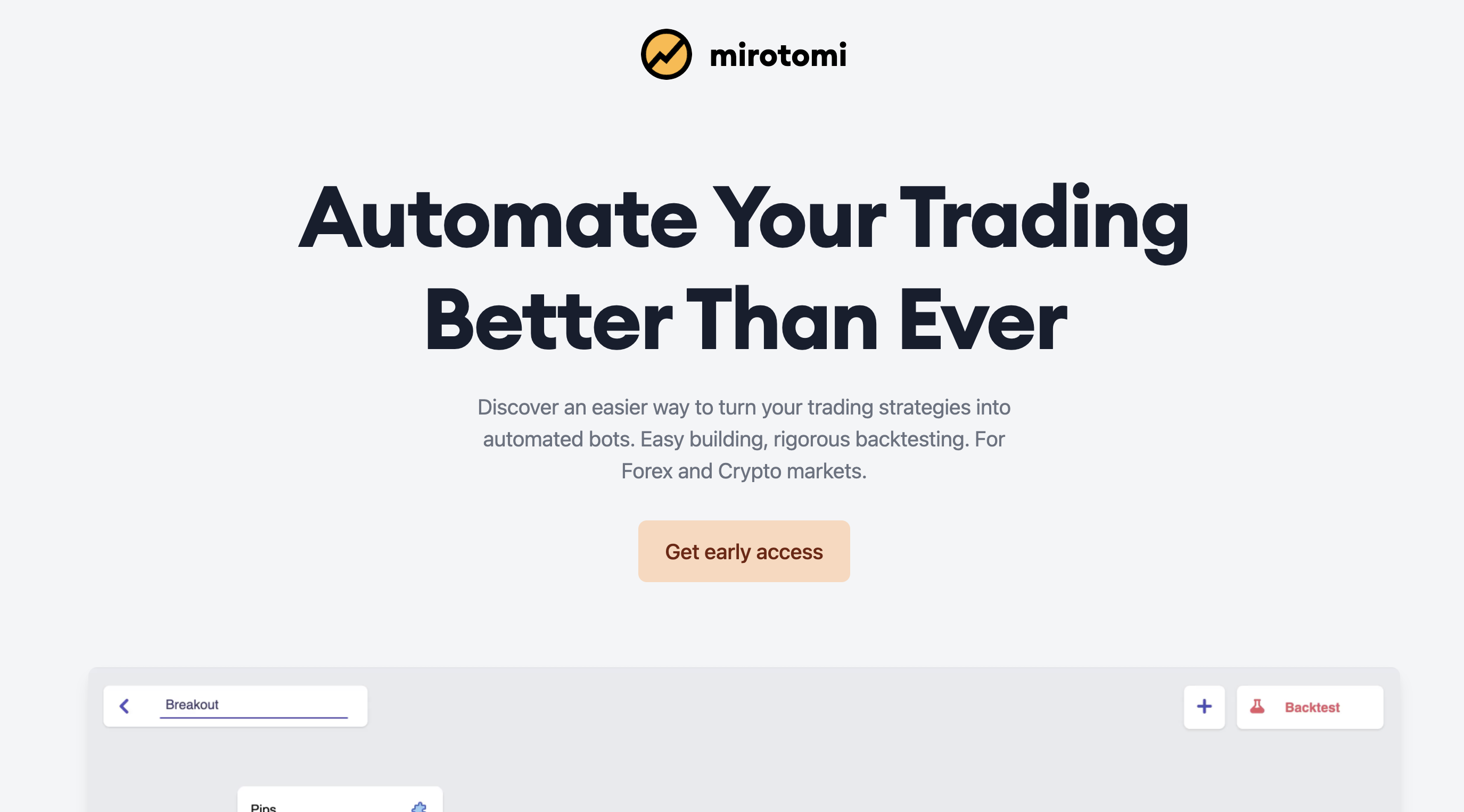
My last one! 2020 was the height of self-proclaimed traders and stock gamblers. We were still about half a year away from Reddit taking over the stock market, but the hype was there!
At the same time, I got a lot of mentees on my MentorCruise profile and the usual question I got was – “I have this idea / no idea, how can I build it?”. I had spent years soaking up the knowledge of how to run validation, and how to develop your customer. But with my projects, I mostly stumbled there with a good portion of luck.
With my new skills of building a business that by then was doing north of $4k per month, would I be able to launch something new?
I, too, was in the gold rush of retail investors and had a good bit of fun with algotrading. But setting up algotrading was complicated and expensive. First, you had to get the data allowing you to test your algorithms, then you had to collect the knowledge to come up with one, build it and then also make sure you have a good testing infrastructure.
I had found a problem and proposed a visual strategy builder as a solution for it. I built a demo in a day or two, recorded a video and the thing went semi-viral on Reddit.
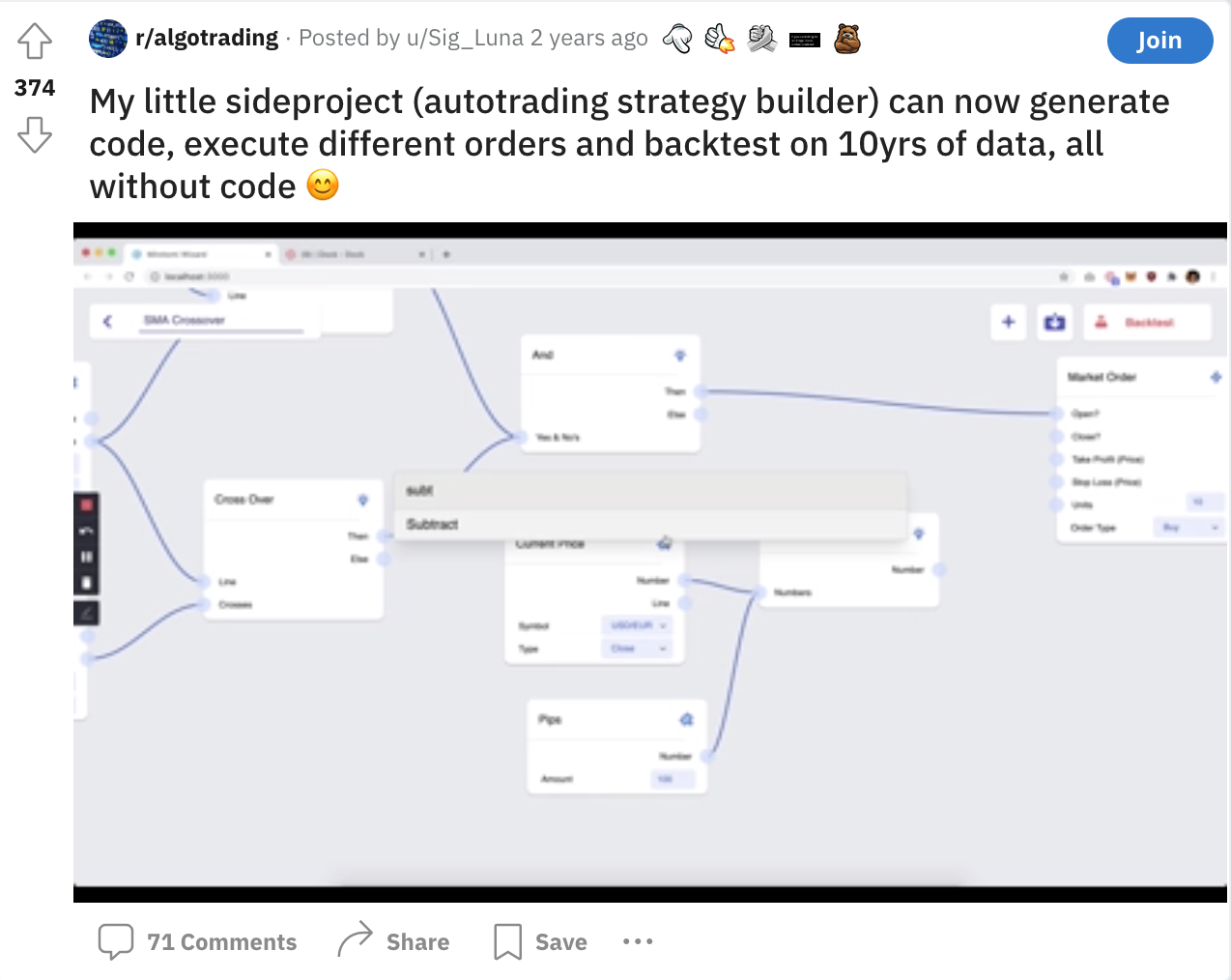
I put up a waiting list and without even posting the link to my project, suddenly had 250 people waiting for it. I built some more, recorded another video, went viral again, and suddenly had 500 people waiting for it. These people told their friends, which then told their friends – and there I was with a waitlist of over 1,000 people pinging me to finally get access to this thing.
I did end up having a functioning version of this at some point and did give it to a few people to try out. I am sure I could have turned this into a well-doing business, but I had little motivation to open another pandora’s box, the infrastructure was hard and heavy to keep up and it was not an audience I had fun serving, so I shut it down.
What I learned from this
Flexed all my maker muscles for this one. Early validation, content marketing, a lot of technical bits I would have never dreamed of touching, especially when it comes to queues and big data caching.
A lot of this comes in handy even to this day. I also realized that in order to survive, you really need to love the audience you’ll serve. I didn’t for this one.
Conclusion
You might be asking – what’s next? I for one am happy to be without a sideproject for now. The muscle still itches, but I’m plenty happy to grow MentorCruise to new heights.
If I am taking away one thing from this list, it’s that the sideprojects I’ve built have been a companion throughout my life and career. From trying to make it into the tech industry, to getting obsessed with Machine Learning and later topics like the creator economy and personal finance – my sideprojects are telling a story.
With my last sideprojects in 2020, there’ll be a little gap until this list grows some new items, though!